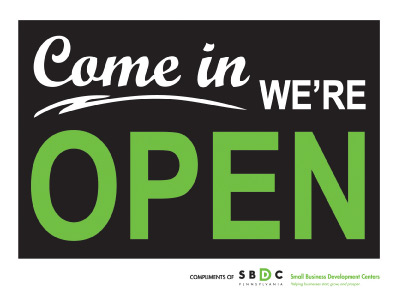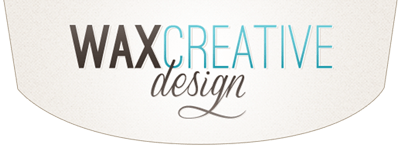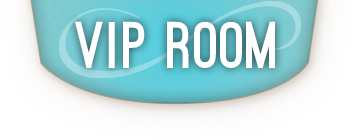Good signage

Let’s take a moment to praise good signage — otherwise known in the web world as good navigation. But my example below is with signage, and understanding the mood of your audience.
Recently I traveled across country to meet up with my extended family at Disney World. Had I been by myself I am sure I would have napped on the flight, or watched a movie on my laptop, or at the very least gotten some work done. But I was with my toddler, so these were not options for me, even though my always-ready-to-help mother sat on my child’s other side. It was a long flight.
The Orlando Airport is big and confusing. Luckily the staff are incredibly helpful. But I am baffled that the signage isn’t clearer. Why there aren’t a plethora of little yellow signs with nothing but a silhouette of Mickey ears on them with an arrow is beyond me. I was one of many, many people wandering, frustrated, asking for directions while chasing after small children who, after almost ten hours of car seat to stroller to plane seat to stroller to plane seat, were ready to RUN.
Good signage should never be taken for granted. By the time we located the DisneyWorld Shuttle area we had had to stop and ask directions four times. Absurd.
Even though the people we spoke with were kind and helpful, it shouldn’t have been so hard. Take that lesson to a home page. If you are a plumber, chances are that the only time people are looking you up is when they are frustrated. If you are a small business solutions provider, chances are people are contacting you because something isn’t working. Consider these moods your audience is likely to be in.
For authors, chances are people are coming to your site in a good mood. They are potential fans. You are lucky. But don’t make them work to order your book. Don’t make them search for an excerpt. Good navigation doesn’t just happen. It needs to be thought through.
And when it works, it makes for a wonderful experience. When it doesn’t, it colors the experience with hassle.
4 thoughts on “Good signage”
Comments are closed.



Omigosh, you’re prescient, Emily. I just returned home from a gate fiasco, when we should’ve been on the east coast right now. Luckily our li’l one’s a trooper, even on long-haul trips to Asia.
Regarding site nav: Sometimes I have to wonder at the expense that goes into a site that’s impossible traverse. Too much whiz-bang stuff that makes it cool as a first-time treat, but is a frustrating exercise forever more.
Keira-who-loves-hyphenated-words 🙂
Keira, sorry to hear about your gate fiasco. And a toddler to Asia? I can’t imagine.
In terms of “Sometimes I have to wonder at the expense that goes into a site that’s impossible traverse,” I hear ya! What is probably happening there is that the client is dictating the navigation: “I want a button for this and this and this.” Most web designers are not also information designers so they take what the client says and just build it.
And while clients definitely have vision, web design is not usually their area of expertise. It is the good over-all web designer who can take the client’s vision and shape it into really good user flow through well-thought-out navigation. But that requires information design expertise, and the resources in the budget to work on it. A lot of designers can produce a site on-the-cheap if they skip the information design.
–Emily, who also finds power in hyphenation
Emily, just found out you and Julie are at BEA this weekend. Hope you’ll blog about your experience. And I hope it was a successful weekend for WC (your site, not the toilet).
Your airport metaphor for web navigation was excellent. I have another one for you! The last time I traveled with my family, we checked my daughter’s stroller because it was big and bulky and pretty much a necessity to do so. And when we arrived at our destination airport, our stroller was magically lost in the some deep dark corner of a connecting airport or previous plane. But, despite our fuming anger, the airport managed to calm us down with a back-up plan. They happened to have several strollers (and car seats and other potentially important baby goods) on hand that we were allowed to borrow for our trip until they found our stroller (they delivered it to our hotel a day and a half later). But, turning it to navigation, it’s always good for a website to have a back-up plan for consumers who can’t seem to find what they want. Having navigation by brand or type of item, beyond a simple search feature, always helps. Thanks for the entertaining metaphor!